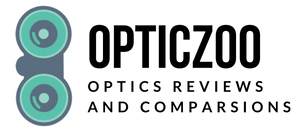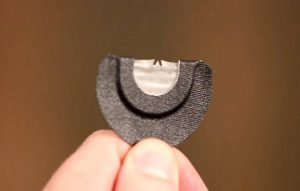
A diaphragm call is one of the most efficient ways for hunters to attract wild turkeys.
The art of turkey hunting is deeply enriched by the skillful use of calls, and among these, the diaphragm call stands out as a particularly effective tool. Known for its efficiency in attracting wild turkeys, the diaphragm call is an essential piece of equipment for both novice and experienced hunters alike. However, mastering this call requires patience, practice, and a good understanding of its mechanics and use.
One of the major advantages of a diaphragm turkey call is its hands-free operation, allowing hunters to remain still and camouflaged while calling. This feature is especially valuable in tense hunting scenarios where minimal movement is crucial. Additionally, diaphragm calls are affordable and widely accessible, making them a popular choice among hunters on a budget.
Choosing the right mouth call is the first step towards successful turkey hunting. The market offers a variety of options, such as single, double, or triple reed calls, each catering to different skill levels and sound preferences. While single reed calls are simpler and more straightforward, double and triple reed calls offer a broader range of sounds and tonal variations, allowing for more intricate calling patterns.
As with any skill, overcoming initial challenges is part of the learning process. New users often struggle with the gag reflex when placing the call in their mouth for the first time. This reaction is normal and diminishes with practice. Correct positioning of the call is also crucial; it should be placed against the roof of the mouth, with careful control of air flow to create the desired sounds.
The journey of learning to use a diaphragm turkey call involves mastering various sounds such as yelps, clucks, purrs, and cutts. These sounds mimic the natural calls of turkeys and are used to attract them during hunting. Beginners should start with basic sounds like the yelp and gradually progress to more complex calls.
Remember, the key to success with a diaphragm turkey call lies in persistent practice. It’s a skill that can take years to perfect, but with dedication and patience, it becomes an invaluable asset in the turkey hunter’s arsenal. The joy of effectively communicating with these elusive birds and the thrill of a successful hunt are well worth the effort invested in mastering this unique calling technique.
How to Choose the Right Mouth Call
[wpsm_box type=”info” float=”none” text_align=”left”]
Buying a call is the first step to your hunting success.
[/wpsm_box]
If you prefer something that is easy to learn and use, your choice might be:
- A single reed call;
- A double reed call.
A single reed is easier to apply. For those who aren’t experienced, a single reed item will be easier to learn. But a double reed item will provide a wider variety of sounds.
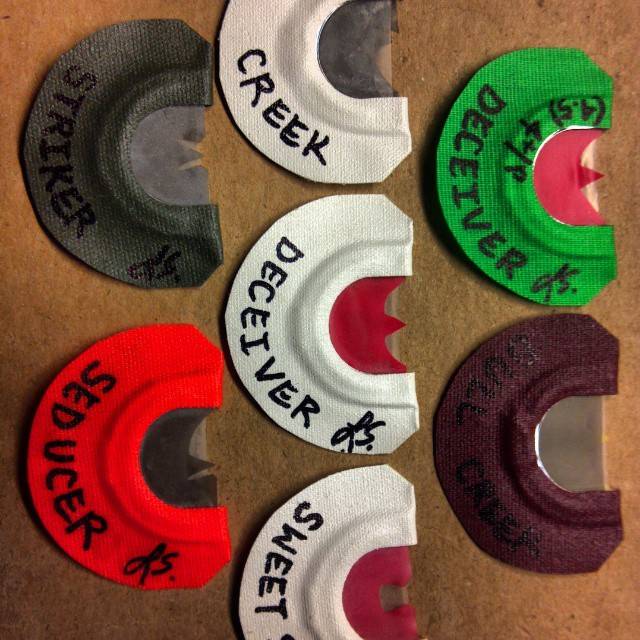
Via: @bullcreekoutfitters
If you use a double reed item, and you still believe that you need something more advanced, a triple reed might be an optimal choice for you.
[wpsm_box type=”info” float=”none” text_align=”left”]
Experienced hunters recommend softening the item after buying it. For that, hold it some time in your mouth. After that, it will be easier to use it.
[/wpsm_box]
Overcome the First Challenge
When you first put the turkey call in your mouth, you might experience the gag reflex. It is normal, and it happens not only with you. Many people complain about it.
However, there is nothing to do with it: you are placing into the mouth a foreign object; thus, this reflex is a natural reaction. With time, you will get used to the turkey call, and the gag reflex will disappear.
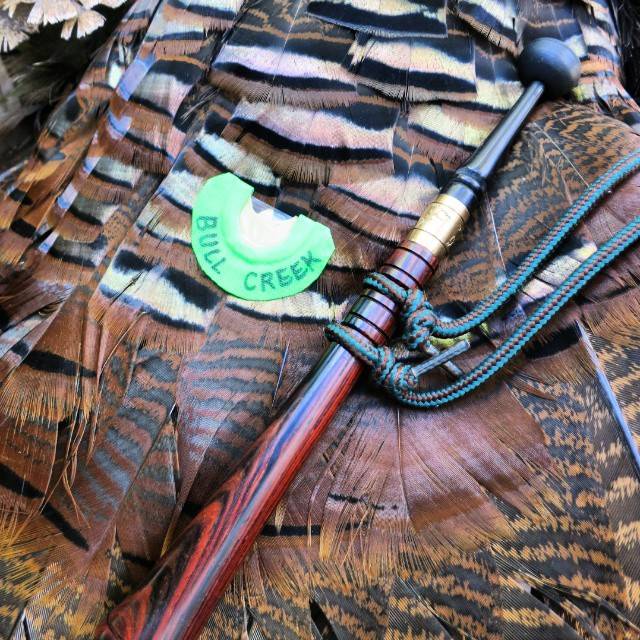
Via: @bullcreekoutfitters
The only thing we can advise to speed up the process of getting used to the item is to keep it in the mouth as long as possible and use it as frequently as you can.
If the reflex hasn’t disappeared even after a good while, try to move the item a little bit forward. It shall work.
Position Your Turkey Call Correctly
When using a diaphragm turkey call, it’s crucial to position it correctly in your mouth for effective calling. The diaphragm turkey call typically consists of a horseshoe-shaped frame, a reed or multiple reeds, and sometimes a small piece of tape holding it all together. Here is a guide on how to determine which side of the diaphragm turkey call goes up:
- Identify the Reed(s): Look at the reeds (the thin, vibrating part of the call). The reeds are usually stacked with the longest on the bottom and shortest on top if there are multiple reeds. The top reed is the one that should be facing upwards in your mouth.
- Look for the Tape: If your call has a piece of tape, this is typically on the side that faces up. The tape is usually positioned to be against the roof of your mouth.
- Horseshoe Frame Orientation: The open end of the horseshoe-shaped frame should face outward, towards your lips. The rounded part of the horseshoe will be towards the back of your mouth.
- Positioning in Mouth: When placed in your mouth, the reeds should be facing downwards towards your tongue. This allows you to control the call by applying pressure with your tongue.
- Comfort and Seal: Make sure the call is comfortable and creates a good seal at the roof of your mouth. This is crucial for producing the right sounds.
- Practice and Adjust: Initially, it might feel awkward, but with practice, you’ll get used to it. Adjust the position slightly for comfort and better sound control.
Remember, the key is to have the reeds facing downwards and the tape (if present) against the roof of your mouth. Practice different calls and get familiar with the positioning for the best results while turkey hunting.

Via: @rbolen_
After the tool is placed, try to say “Hot” with as much force as you can. This is the most basic sound to learn. It is called “Yelp.”
To do it, take the air in. Press the reeds with your tongue. Now, make a high tone. You can exaggerate it first, to ensure you learn how to make it and control the flow of the air properly.
After that, remove the tongue from the mouth call reeds. Another option is to open your mouth. Now, produce a low tone. Also, exaggerate it. Practice these sounds until you can produce them accurately and easily.
[wpsm_box type=”info” float=”none” text_align=”left”]
Once you can manage it, combine the sounds. Don’t worry if they don’t sound too realistic at the start. Practice by speeding the interchange of low and high tones.
[/wpsm_box]
In the very end, these tones will be almost mixed, and you will get the sound that has many similarities to those that turkeys make. This is one of the easiest sounds to learn. While even making this sound might be complicated first, but it all comes with practicing.
Via: @the_hammah_harmon
The yelp sound is very important. If you learn to imitate it, you can succeed with this sound only because:
- It is used by both hens and gobblers;
- By hens, it is used as an invitation to mate;
- This sound is the easiest to imitate;
- Based on the techniques trained by making this sound, you will build the techniques of making other sounds.
[wpsm_box type=”info” float=”none” text_align=”left”]
If you are constantly failing to position the item properly, you might try to adjust it. There is a tape that is used to fix the item in the mouth. You can trim the tape to make the item fit properly. In some cases, it might help.
[/wpsm_box]
Some More Sounds
Diaphragm turkey calls are versatile instruments capable of producing a wide range of turkey sounds. Here are some of the key sounds you can create with a diaphragm turkey call, along with a brief description of each:
- Yelp: The yelp is a basic turkey sound, often used by hens. It’s a series of notes, typically in a pattern like “kee-awk, kee-awk, kee-awk.” The yelp can be used to communicate with other turkeys, either to assemble a flock or during mating season.
- Cluck: A cluck is a short, staccato note. It’s used by turkeys to get attention, signal contentment, or as a part of feeding. Clucks are often combined with other calls.
- Purr: The purr is a soft, rolling sound turkeys make when content and feeding. It’s often used in close-range situations to calm other turkeys and convey a sense of safety.
- Cutting: This is a series of loud, sharp clucks that are often used by an excited hen. Cutting is a way to express agitation or to locate other turkeys.
- Cackle: The cackle is a series of fast clucks and yelps often associated with a hen flying down from the roost or flying up to roost. It’s a more excited and erratic version of the yelp.
- Kee-Kee Run: This is a call typically made by young turkeys during the fall. It starts with a high-pitched “kee-kee” and transitions into a yelp. It’s used for reassembling a flock.
- Gobble: Although more challenging, some experienced hunters can use a diaphragm call to mimic a gobbler’s gobble, primarily used to locate and challenge other toms.
- Tree Call: This is a soft series of yelps often made by a roosting hen before flying down. It’s a softer and slower version of the yelp.
To effectively use a diaphragm turkey call, practice is key. Each sound requires controlling breath, tongue pressure, and the call’s positioning in the mouth. Beginners often start with the basic yelp and cluck, gradually moving on to more complex sounds like purring and cutting. Effective use of these calls can greatly enhance your turkey hunting experience.
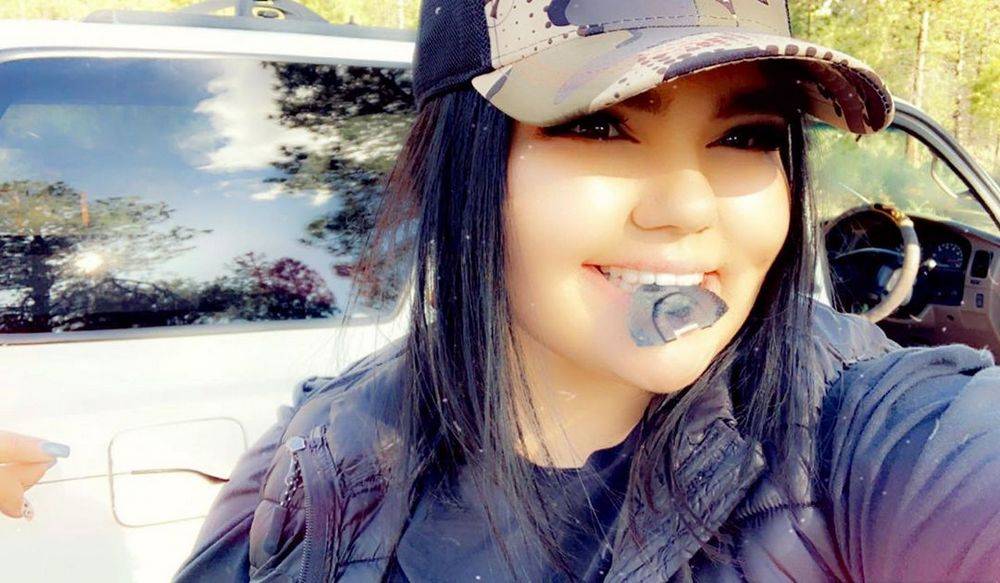
Via: @qoierz_
While there are many guides on how to make the most realistic sounds with a turkey mouth call, everything is up to you. The main thing is to know the basics.
The rest you can learn by listening to the birds in their natural habitat, experimenting, learning the reactions of birds to your sounds, practicing.
If you cannot make all the sounds immediately, don’t get desperate. It takes years for an experienced hunter to learn more or less approximately the majority of sounds that the wild birds make.
To master them, one needs not only to learn them once but to practice them constantly. Some skills are lost easily if you don’t practice.
Therefore, one of the main tips from professionals would be to practice between the hunting seasons. Only then you will keep the kills.
How to store
Storing diaphragm turkey calls properly is essential to maintain their effectiveness and longevity. Here are some tips on how to store them:
- Dry Thoroughly: After each use, make sure the call is completely dry. Moisture can damage the reeds and affect the sound quality. Gently shake off any excess moisture and let it air dry.
- Avoid Direct Sunlight and Heat: Store your calls in a cool, dry place. Exposure to direct sunlight or heat can warp or damage the reeds.
- Use a Protective Case: A carrying case, such as a small plastic container or a specialized call case, is ideal for storage. This protects the calls from dust, dirt, and physical damage.
- Reed Protection: If possible, store the calls in a way that keeps the reeds from being crushed or bent. Some hunters use toothpicks or small foam pieces to keep the reeds separated.
- Avoid Contaminants: Store your calls away from substances that could emit strong odors or chemicals, as these can be absorbed by the reeds and alter the sound or deter turkeys.
- Room Temperature: Store the calls in a room-temperature environment. Extreme cold or heat can affect the latex reeds.
- Regular Check-ups: Periodically check your calls for any signs of wear or damage, especially before the hunting season begins.
- Replace When Needed: Even with proper care, the reeds in diaphragm calls will eventually wear out. Be prepared to replace them as needed.
By following these storage guidelines, you can ensure that your diaphragm turkey calls remain in good condition, ready for your next hunting adventure.

